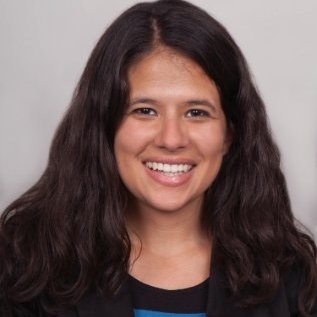Materials engineers at the Khalifa University of Science and Technology in the United Arab Emirates have used Projection Micro Stereolithography (PµSL) to fabricate microfluidic devices for porous materials research by capturing the surface minerology and pore-throat morphology of carbonate rock. Studying fluid-solid interactions in porous materials is important to research in earth, space, energy, environment, biological, and medical applications. PµSL, a micro-precision 3D printing technology from Boston Micro Fabrication (BMF), produced a porous micromodel that was seeded with a solution-based mineral coating. A thin layer of calcite crystals was then grown in situ.
Porous materials and their interactions with fluids have applications in hydrocarbon energy extraction, carbon sequestration, and thermal energy storage. In porous materials like carbonate rock, researchers have struggled to characterize and manipulate fluid-solid interactions because pore-throat morphology is heterogeneous and surface wettability is complex. Yet, PµSL technology can create microfluidic devices that model carbonate rock and that have transparent networks of channels for ease of observation.
At the Khalifa University of Science and Technology, researchers used a BMF S130 3D printer to produce a complex anisotropic model with up to 2µm feature resolution. The inner surfaces of this microfluidic device were then seeded with calcite nanoparticles (CalNP). The resulting growth of crystals inside of the micromodel provided a benchtop research platform for studying the microscopic fluid-solid interactions in many subsurface energy and environmental applications.
The materials engineers described their development of this research platform in a paper, “Empowering microfluidics by micro-3D printing and solution-based mineral coating”, that was published by The Royal Society of Chemistry.
Interested in learning more? Download the full paper here.
Contact us to learn more about how 3D printing produces microfluidic devices for various types of applications.

